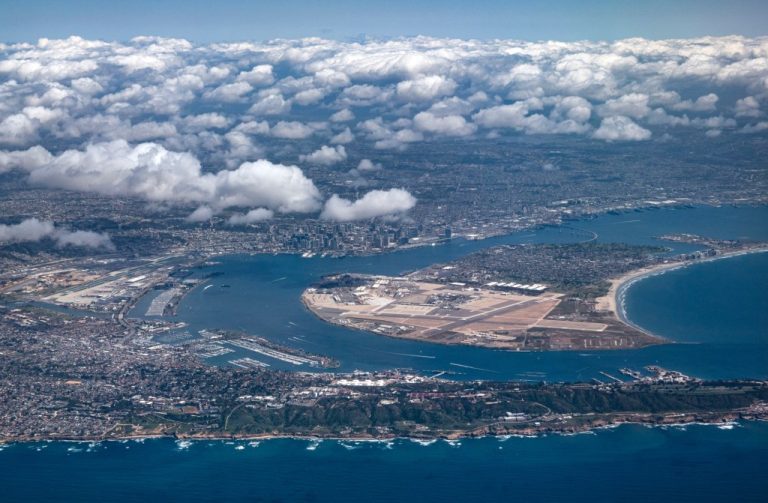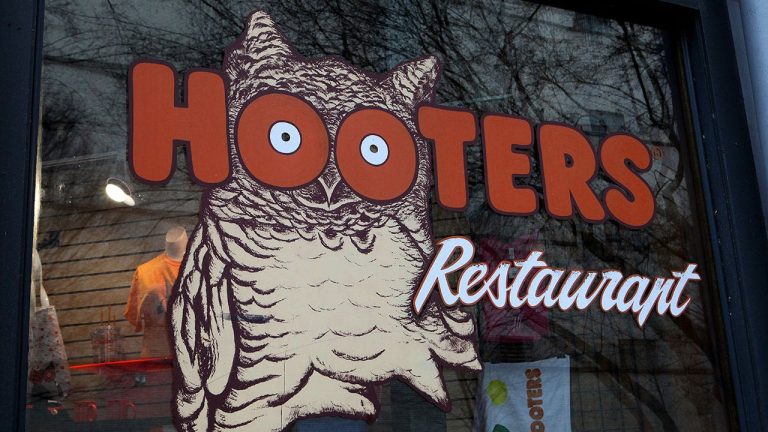

The March Madness-style competition to name San Diego’s official flower is down to the final four, and online voting is now under way.
Local residents are encouraged to pick between the bush sunflower and the California wild rose in one semifinal, and to choose between California buckwheat and blue-eyed grass in the other.
Voting on the semifinal matches, which began Saturday and runs through April 7, will be followed by a final match between the semifinal winners. Online voting in the final match will take place from April 9 through 14.
The goal of the competition is finding a replacement for the carnation — a non-native flower that has served as San Diego’s official city flower since 1964.
Local environmental groups say choosing a native flower as the city’s official one will encourage residents to cultivate native flowers, which help support local bees, birds and butterflies.
Native plants underpin the survival of all local species, Andrew Meyer of the San Diego Bird Alliance told City Council members last week. That’s especially important in San Diego County, the most biodiverse in the nation.
The bird alliance, previously known as the Audubon Society, narrowed the field from the county’s more than 2,000 native flower species down to 40 and had 18 local experts shrink that to eight for the bracket challenge.
The four flowers that lost in the first round of voting are the bladderpod, black sage, blue elderberry and Cleveland sage. The number of votes cast in the first round was 2,269, and they represented 128 different ZIP codes.
The flower that survives that challenge is scheduled to be presented to the City Council in late April to potentially be selected as San Diego’s new official flower.
Voters are encouraged to use six criteria in picking flowers: their environmental benefits, their cultural significance, how easy they are to grow, whether they’re found in multiple places, whether they’re endangered and their beauty.
Visit sandiegobirdalliance.org to vote.
The Bird Alliance says native flowers help wildlife by providing food, nesting materials, shelter and protection from predators. Persuading more people to plant them will boost San Diego’s regional identity, minimize water use, reduce landscaping costs and promote eco-tourism, the alliance says.
Originally Published:





